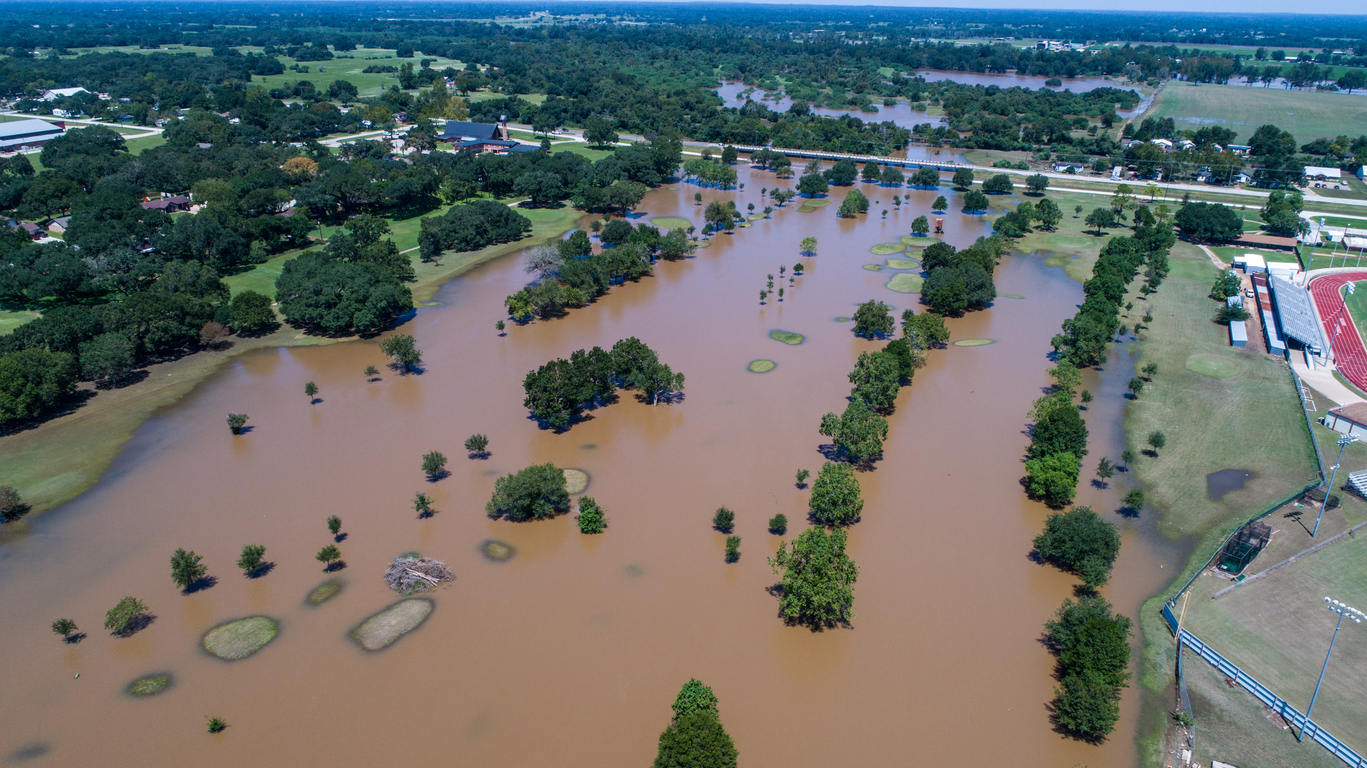Federal Emergency Management Agency (FEMA) recently released data that shows how flood insurance premiums changed following the implementation of Risk Rating 2.0, its latest methodology for calculating flood insurance costs for the National Flood Insurance Program (NFIP). As a result of these updates, many parts of the country could see their flood insurance costs go up.
In fact, one South Florida zip code could see flood insurance premiums increase by 342%, according to an analysis by Miami Herald.
But policyholders won’t see these increases all at once. Federal law caps flood insurance price hikes at 18% a year. This means some people will see their flood insurance go up each year until it meets the Risk Rating 2.0 standards.
Following the release of Risk Rating 2.0, 66% of NFIP premiums have increased by at most $10, according to FEMA data. Meanwhile, 3.6% of policy premiums have gone up by more than $20.
If you’re concerned about your overall housing costs, you can save by shopping around for home insurance policies. Visit Credible to compare options from different companies without affecting your credit score.
Where has flood insurance increased the most?
Across all states and territories, the average cost of flood insurance was $888 per policy prior to Risk Rating 2.0, according to FEMA data. With Risk Rating 2.0, the average cost of insurance is projected to be $1,808.
Here are some of the states that could see the most expensive flood insurance costs on average, based on FEMA’s Risk Rating 2.0, which was implemented in October 2021 for new policies and in April 2022 for policies that were renewed.
- Hawaii: $3,653
- West Virginia: $3,074
- Connecticut: $3,000
- Maine: $2,700
- New Hampshire: $2,545
- Guam: $2,438
- Vermont: $2,248
- Florida: $2,213
- Kentucky: $2,201
“The new methodology allows FEMA to equitably distribute premiums across all policyholders based on the value of their home and the unique flood risk of their property,” FEMA said in a press release before the new rating was implemented. “Currently, many policyholders with lower-value homes are paying more than they should and policyholders with higher-value homes are paying less than they should.”
Risk Rating 2.0 steers away from old flood zone maps and focuses on various factors such as a property’s distance from the ocean and the costs to rebuild a home.
“With Risk Rating 2.0, FEMA is updating a 50-year-old rating system to price each home individually – rather than by flood zone – and more accurately using modern insurance industry technologies, standards, and science,” the National Association of Realtors (NAR) said in a post.
“Under Risk Rating 2.0, some NFIP rates will increase while others will decrease, depending on each home’s flood risk and replacement value,” NAR continued. “Under the previous system, all rates would continue to climb 18% to 25% every year until reaching $63,000 for a $250,000 home under many policies.”













